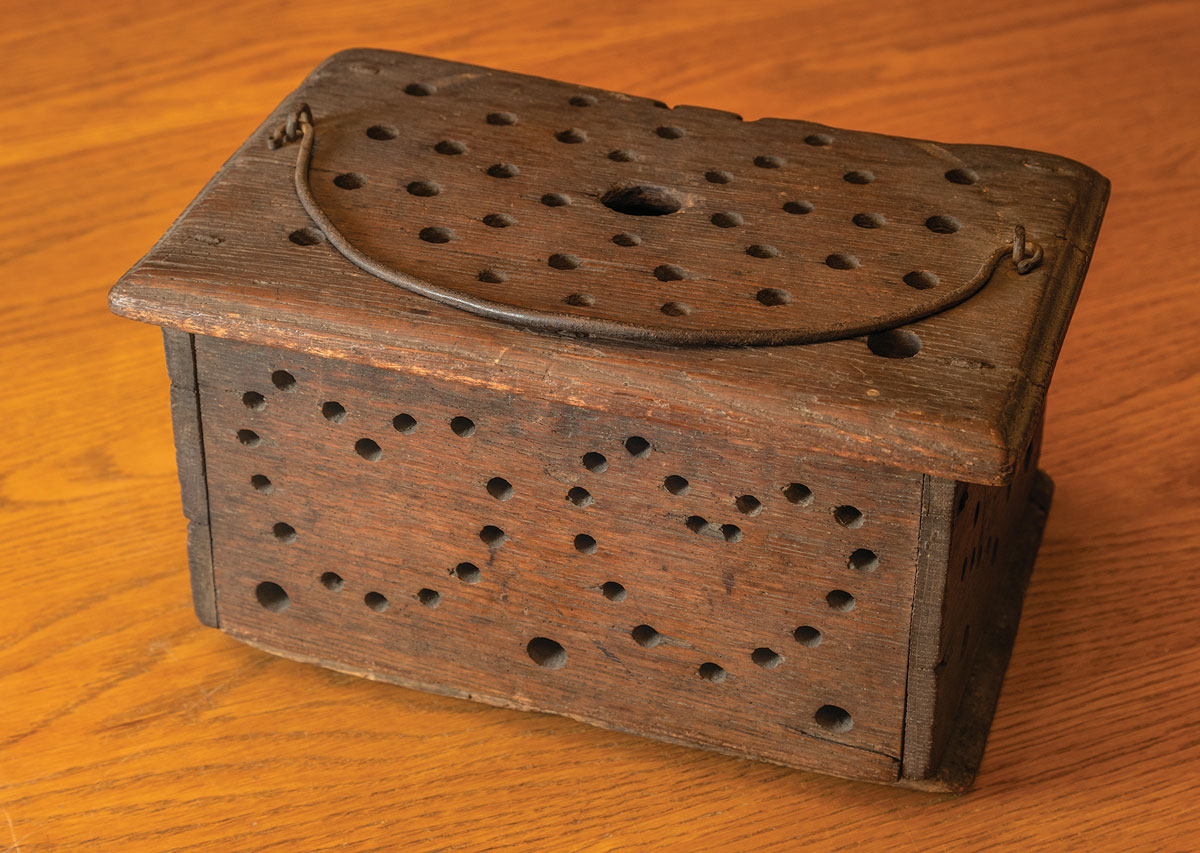looking back

A century and a half ago, long before down jackets and Gore-Tex boots, keeping warm was difficult. Now, as students don their heavy coats, the Friends Historical Library of Swarthmore is showcasing an old-fashioned alternative to modern winter gear.
The FHL, which celebrated its 150th anniversary this fall, is displaying a collection of soapstone and wooden foot warmers. Although the popularity of such foot warmers declined by the end of the 19th century, these items served an essential purpose in their time.
Archivist Celia Caust-Ellenbogen ’09 shared details about the FHL display, including a soapstone foot warmer from Lansdowne, Pa., and a wooden foot warmer from New York. Caust-Ellenbogen noted that “there is nothing distinctly ‘Quaker’ about either,” although both belonged to Quaker families. In fact, similar items have been documented in most parts of the world. How did these footwarmers function, and how would they have been used?
“Soapstone would have been warmed in the fire,” Caust-Ellenbogen says. These foot warmers were used in parlors or on carriage rides and might have been wrapped and placed at the foot of one’s bed to keep it warm. Wooden foot warmers were perforated for ventilation. Inside, a small tin bowl enclosed a coal that generated heat. People balanced their feet on top with a blanket covering their legs to trap the warmth.
While foot warmers were practical items, Caust-Ellenbogen shared the unexpectedly sentimental origins of one item in the library collection. The carved initials and hearts on this foot warmer indicate that it was likely a gift for a woman with the initials H.G. During a cold winter, such a toasty token would surely have been appreciated.
— EMMA NOVAK ’22